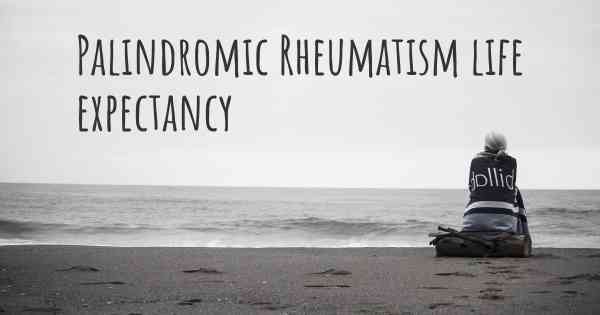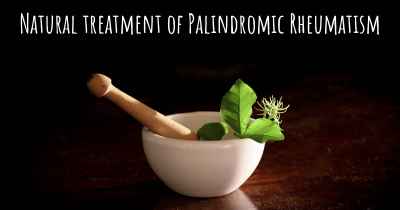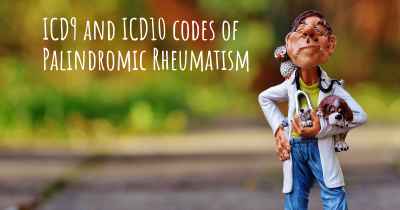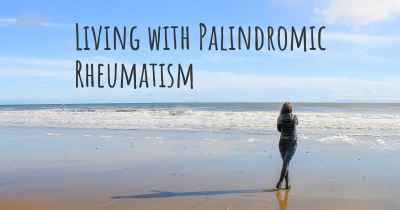What is the life expectancy of someone with Palindromic Rheumatism?
Life expectancy of people with Palindromic Rheumatism and recent progresses and researches in Palindromic Rheumatism

Palindromic Rheumatism (PR) is a rare form of inflammatory arthritis characterized by recurrent episodes of joint pain, swelling, and stiffness. It is considered a milder form of rheumatoid arthritis. The prognosis for individuals with PR varies widely, and it is challenging to predict the long-term outcome. While there is limited research on life expectancy specifically for PR, it is generally believed that the condition does not significantly impact overall life expectancy. However, it is crucial for individuals with PR to receive appropriate medical care, including early diagnosis, proper management of symptoms, and regular monitoring to prevent joint damage and maintain a good quality of life.
Palindromic Rheumatism (PR) is a rare form of inflammatory arthritis that is characterized by recurrent episodes of joint pain, swelling, and stiffness. Unlike other types of arthritis, PR is unique in that these symptoms come and go, often lasting for a few hours to a few days before disappearing completely. The exact cause of PR is still unknown, and there is no cure for the condition.
When it comes to determining the life expectancy of someone with Palindromic Rheumatism, it is important to note that PR itself is not a life-threatening condition. It does not directly affect vital organs or lead to severe complications that could significantly impact life expectancy. However, it is crucial to manage the symptoms and prevent the progression of the disease to other forms of arthritis, such as rheumatoid arthritis.
Early diagnosis and appropriate treatment play a crucial role in managing PR and preventing its progression. The goal of treatment is to reduce inflammation, control symptoms, and prevent joint damage. Nonsteroidal anti-inflammatory drugs (NSAIDs) are commonly prescribed to relieve pain and inflammation during acute episodes. In some cases, disease-modifying antirheumatic drugs (DMARDs) may be used to prevent or reduce the frequency of flare-ups.
Regular monitoring and follow-up with a rheumatologist are essential to assess disease activity, adjust treatment plans, and ensure optimal management of PR. Lifestyle modifications, such as maintaining a healthy weight, engaging in regular exercise, and avoiding triggers that may worsen symptoms, can also contribute to overall well-being.
It is important to note that the impact of PR on an individual's life expectancy can vary depending on several factors, including the severity of symptoms, the presence of other underlying health conditions, and the effectiveness of treatment. In general, with proper management and adherence to treatment plans, individuals with PR can lead fulfilling lives with a normal life expectancy.
However, it is crucial to emphasize that each person's experience with PR is unique, and the disease can have a significant impact on their quality of life. The unpredictable nature of flare-ups and the chronic pain associated with PR can lead to physical limitations, emotional distress, and reduced overall well-being. Therefore, it is essential for individuals with PR to seek support from healthcare professionals, join support groups, and adopt coping strategies to manage the challenges associated with the condition.
In conclusion, Palindromic Rheumatism is a rare form of inflammatory arthritis characterized by recurrent episodes of joint pain, swelling, and stiffness. While PR itself is not life-threatening, it is important to manage the symptoms and prevent the progression of the disease. With early diagnosis, appropriate treatment, regular monitoring, and lifestyle modifications, individuals with PR can lead fulfilling lives with a normal life expectancy. However, the impact of PR on an individual's quality of life should not be overlooked, and support systems should be in place to address the physical and emotional challenges that may arise.
Posted Sep 6, 2017 by Sarah 1150
Posted Dec 1, 2019 by MaddOryxite 3570








